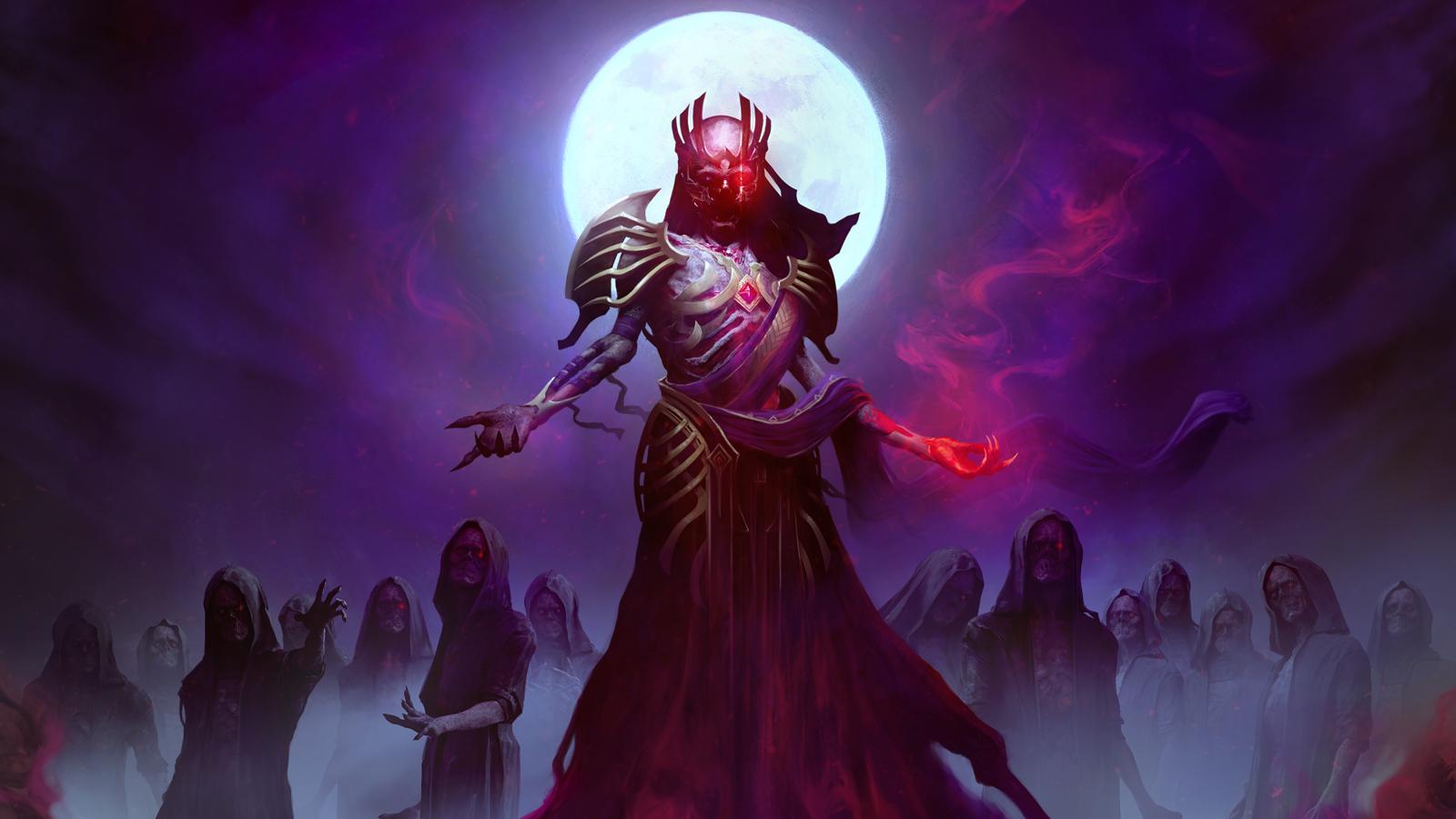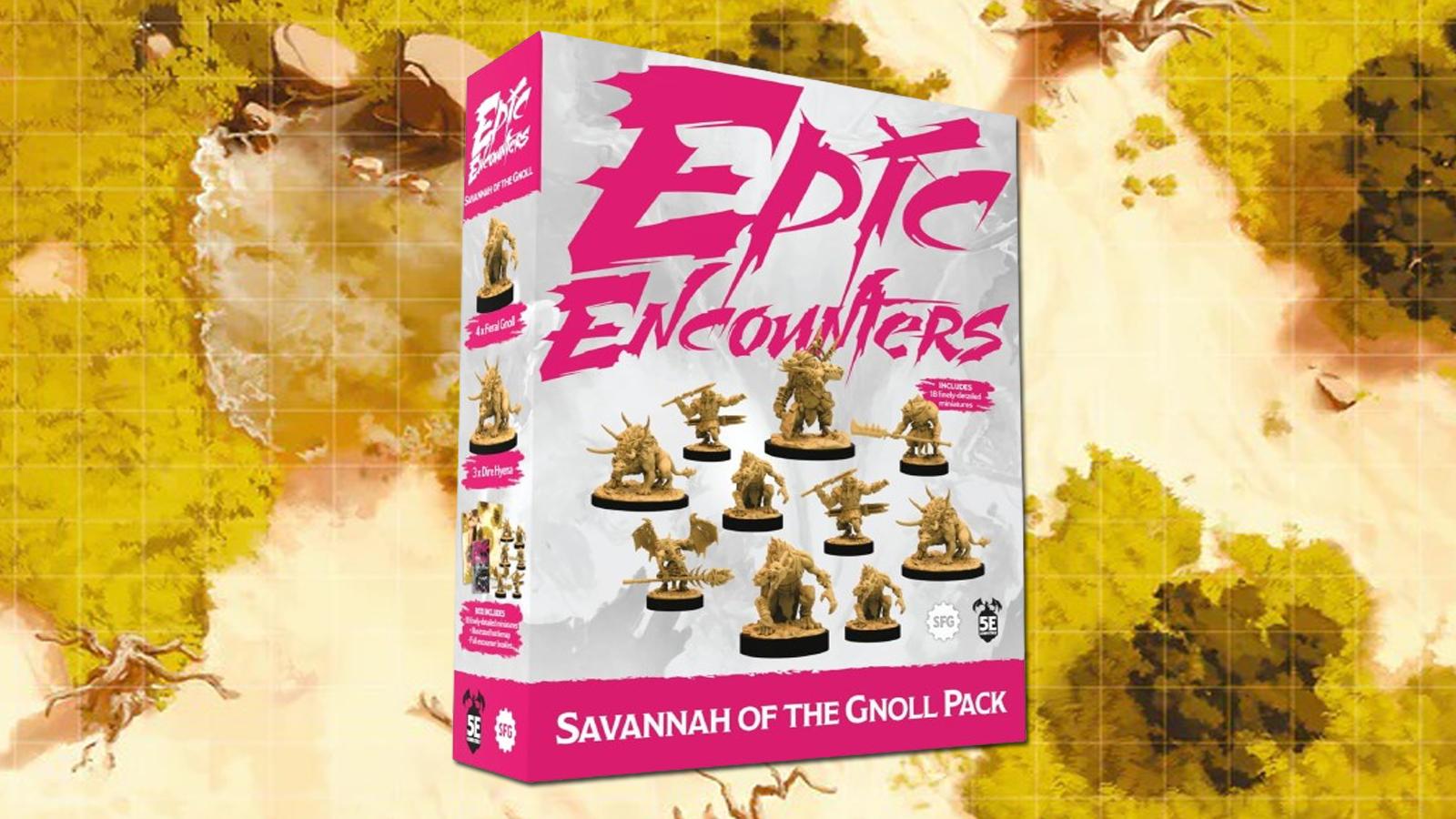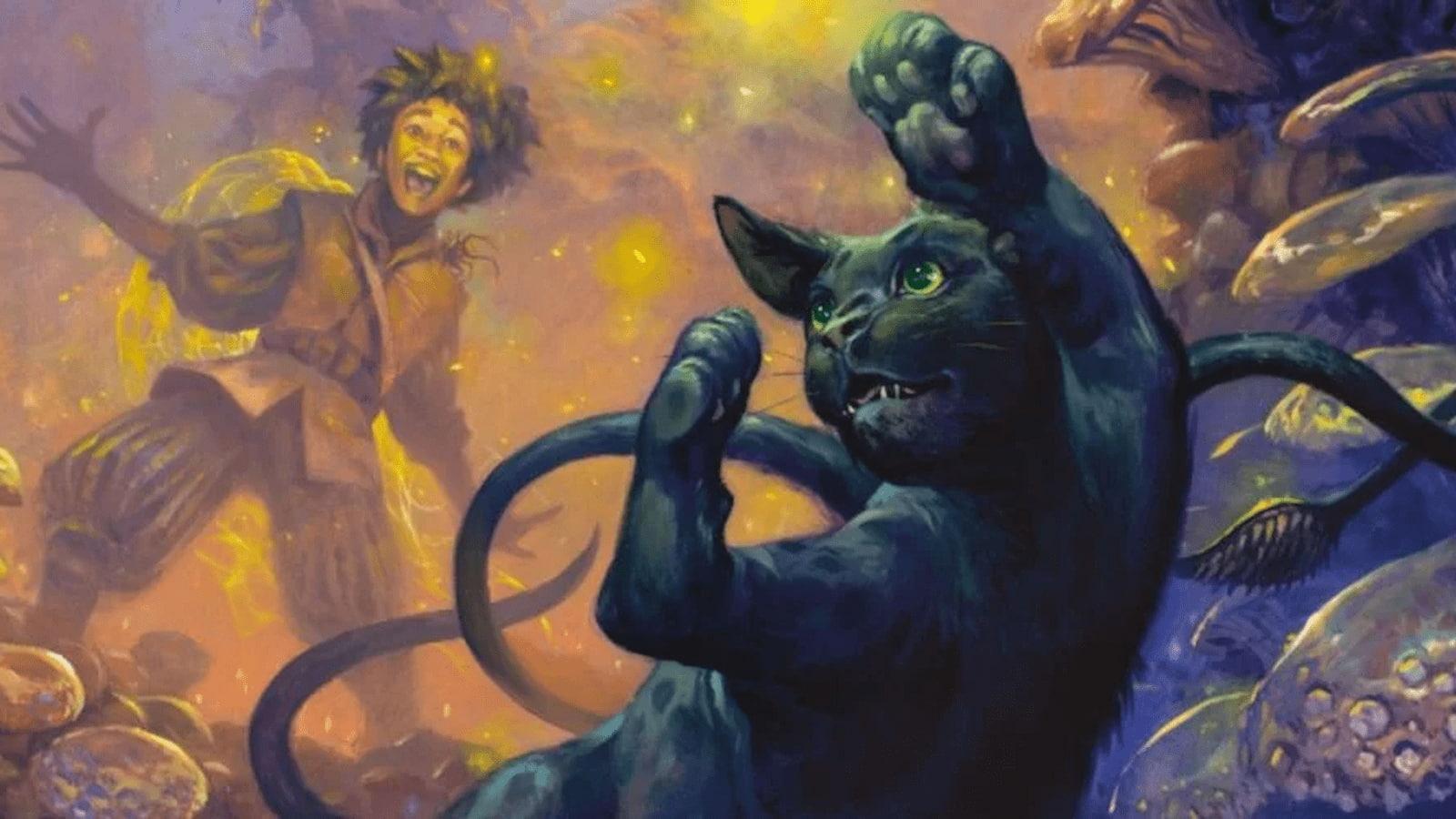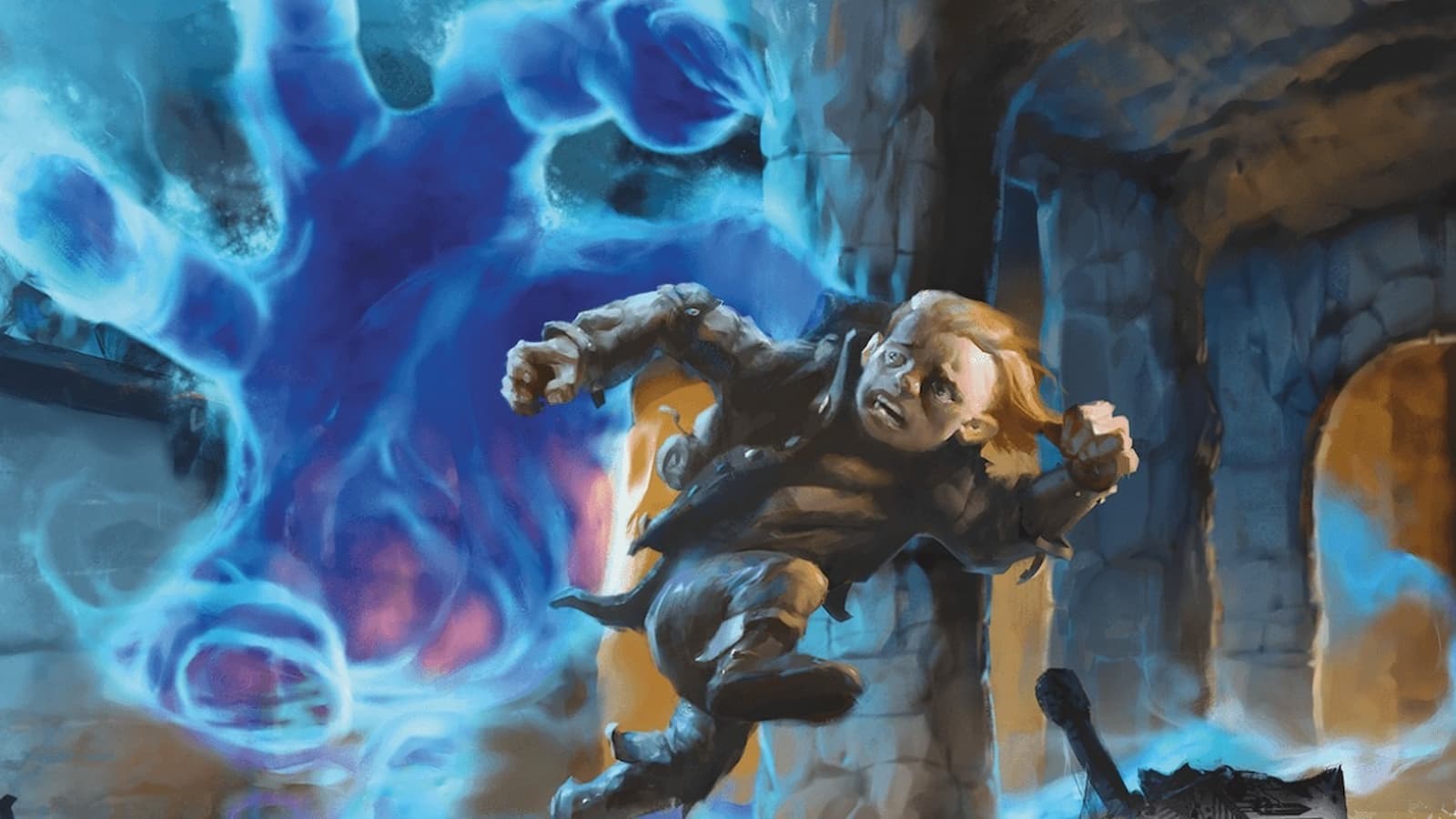D&D 5e Fighter Guide: Best options for melee builds
 Wizards of the Coast
Wizards of the CoastFighter is Dungeons & Dragons’ most popular class, particularly for beginners, but that doesn’t mean these characters can’t be fun and creative. Here’s what you need to know before creating a Fighter in D&D 5e.
Out of Dungeons & Dragons Fifth Edition’s various classes, the Fighter has consistently been the most popular. This has given the class a mixed reputation, with many finding Fighters bland and unoriginal.
However, just because a class is beginner-friendly and pretty straightforward in terms of mechanics doesn’t mean it can’t be fun to play – especially with a solid build.
Here’s what you should know about building a Fighter in D&D 5e.
Best Race options for Fighters in D&D 5e
 Wizards of the Coast
Wizards of the CoastIt’s important to note that, since 2020’s Tasha’s Cauldron of Everything, Racial choices are less important to builds than they once were. Players can now choose where to assign their ability score bonuses rather than having them locked in based on race.
Still, races each come with their own unique features that can enhance a build, so whether you’re using Tasha’s new rules or not, there are some races from the Player’s Handbook that make for better Fighters.
Half-Orc
Half-Orc is perhaps the most obvious racial choice for a Fighter, and for good reason. Going by the original rules, Half-Orcs get a +2 to Strength and +1 to Constitution – both important core stats for a Fighter build.
Fighters also really benefit from the Half-Orc’s Savage Attacks and Relentless Endurance. Savage Attacks give you another damage die when landing a critical hit with a melee weapon, while Relentless Endurance allows you to survive a potentially deadly attack with 1 HP once per long rest – which is perfect for someone likely to be on the front line in battle.
Dwarf
Dwarves also make good Fighters thanks to their +2 to CON, and picking the Mountain Dwarf subrace gives you another +2 to STR.
As for racial traits, Dwarven Combat Training and the Mountain Dwarf’s Dwarven Armor Training aren’t particularly useful, as Fighters already get weapon and armor proficiency. Darkvision and Dwarven Resilience (which grants poison damage resistance) are useful, though not particularly unique.
Halfling
Not all Fighters have to be Strength-based titans. Dexterity-based builds also have plenty of potential, and Halflings are perfect for that. All Halflings get +2 to DEX, and the Stout Halfling’s +1 CON makes it the better choice for a Fighter build.
Halflings also have some of the best racial traits in the game. Lucky, in particular, is noteworthy, as it allows you to reroll any natural 1, though you have to use the new roll. Halfling Nimbleness also gives you more freedom of movement on a crowded battlefield, and the Stout Halfling’s Stout Resilience gives you resistance against poison damage.
Fighter Hit Dice
Hit dice are used to determine how many hit points you gain when leveling up and how much you can heal during a short rest. Fighters get a respectable d10, which makes them more resilient than many other classes.
Fighter ability scores and saving throws
Here’s how you should prioritize your ability scores for a general Fighter build:
- Strength or Dexterity
- Constitution
- Wisdom
- Intelligence
- Charisma
- Dexterity or Strength
Whether to go with STR or DEX as your primary stat depends on what subclass and weapon you plan to use. The good news is you don’t need both – a DEX-based Fighter has little use for Strength, and a STR-based Fighter will probably be in Heavy Armor which makes Dexterity irrelevant – so dump the other stat.
The next most important stat is Constitution, as it impacts how many hit points you’ll have.
Wisdom, Intelligence, and Charisma are more flexible where Fighters are concerned. That said, prioritizing Wisdom is usually a good choice, as it helps with Perception and is fairly common for saving throws.
Intelligence doesn’t need to be particularly high unless you’re going with the Eldritch Knight subclass.
Of the three mental stats, Charisma is typically the least important for a Fighter, as you probably won’t be the face of the party. That said, the Purple Dragon Knight subclass from the Sword Coast Adventurer’s Guide does benefit from CHA.
Fighter starting skills and proficiencies
Fighters get the following proficiencies:
- All armor
- Shields
- Simple and martial weapons
- STR and CON saving throws
You can also choose two skills to be Proficient in out of the following:
- Acrobatics
- Animal Handling
- Athletics
- History
- Insight
- Intimidation
- Perception
- Survival
Fighter class features
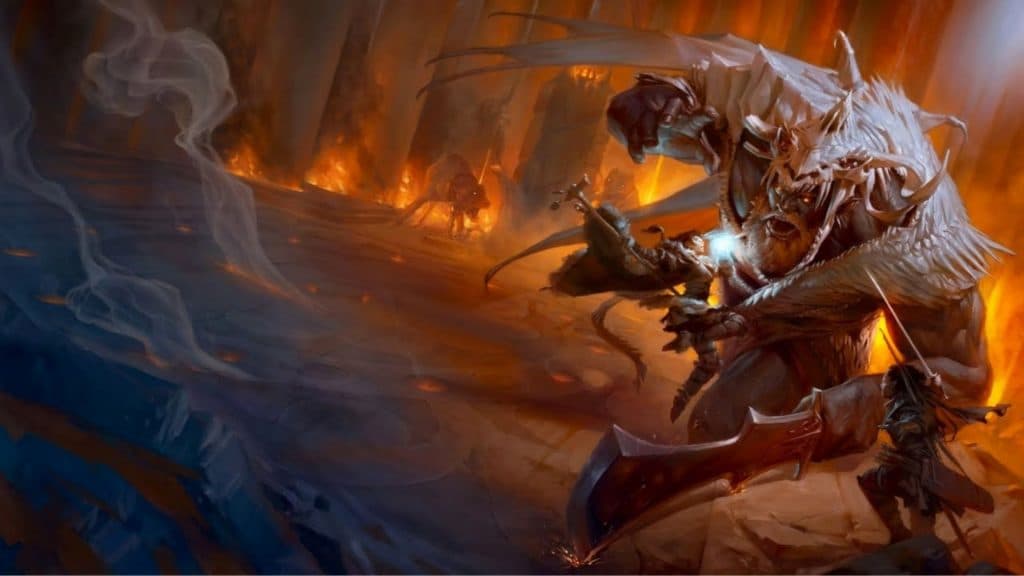 Wizards of The Coast
Wizards of The CoastFighting Styles shape your build
At first level, Fighters must select a Fighting Style. Here are the options from the Player’s Handbook:
- Archery: You gain a +2 bonus to attack rolls you make with ranged weapons.
- Defense: While you are wearing armor, you gain a +1 bonus to AC.
- Dueling: When you are wielding a melee weapon in one hand and no other weapons, you gain a +2 bonus to damage rolls with that weapon.
- Great Weapon Fighting: When you roll a 1 or 2 on a damage die for an attack you make with a melee weapon that you are wielding with two hands, you can reroll the die and must use the new roll, even if the new roll is a 1 or a 2. The weapon must have the two-handed or versatile property for you to gain this benefit.
- Protection: When a creature you can see attacks a target other than you that is within 5 feet of you, you can use your reaction to impose disadvantage on the attack roll. You must be wielding a shield.
- Two-Weapon Fighting: When you engage in two-weapon fighting, you can add your ability modifier to the damage of the second attack.
Of these, Dueling and Archery are the most consistently helpful options. Defense is also good, as any AC boost is going to help a character in the center of the action, and it works regardless of what weapon you pick.
Great Weapon Fighting and Two-Weapon Fighting sound good on paper but are unlikely to help you deal that much more damage. Finally, Protection is pretty circumstantial, as a Fighter is unlikely to be within 5 feet of their squishier party members.
Second Wind is a great healing option in a pinch
Another first-level class feature, Second Wind allows you to use a bonus action to regain hit points equal to 1d10 + your Fighter level once per short rest. This isn’t a lot of health, but it can definitely come in handy during intense moments of combat.
Action Surge and Extra Attack let a Fighter get more hits in
The straightforward nature of the Fighter class means you’ll want to get in as many hits as possible, and Action Surge and Extra Attack let you do just that.
Starting at level 2, the Fighter can use Action Surge to take one additional action. You’ll gain another use of this ability at level 17, though it can only be used once per turn.
Fighters also get an Extra Attack each turn starting at level 5. This increases to three at level 11 and four at level 20.
Fighter subclasses
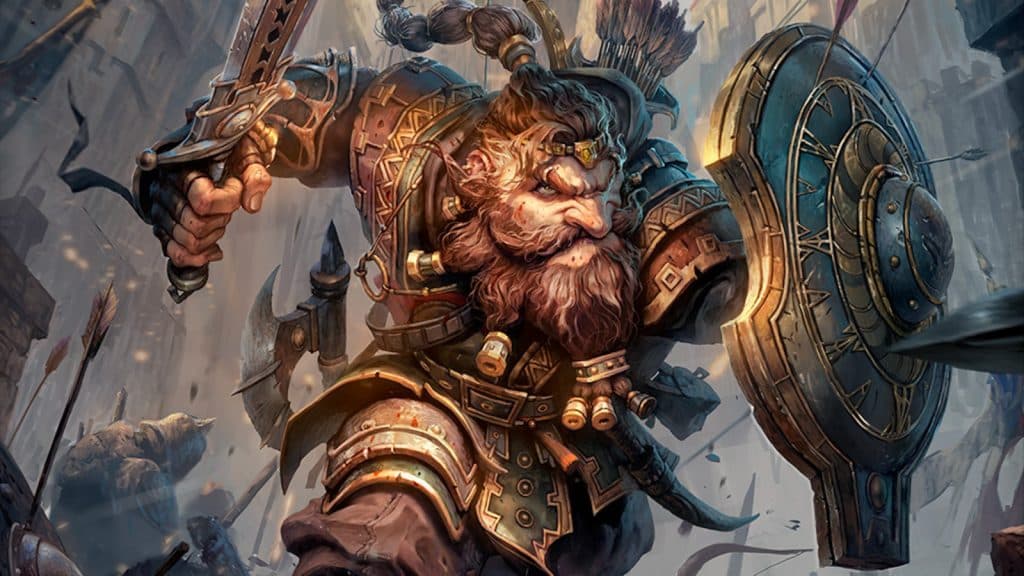 Wizards of the Coast
Wizards of the CoastThe Fighter subclasses included in the Player’s Handbook are detailed below. Supplemental sourcebooks like Xanathar’s Guide to Everything, Tasha’s Cauldron of Everything, and Critical Role‘s Tal’Dorei Campaign Setting Reborn add even more subclass options.
Like most 5e classes, Fighters choose their subclass at level 3.
Champion
Champion is what most players are probably thinking of when they picture a Fighter. This subclass is all about raw physical power and dealing as much damage as possible on each hit.
For example, starting at level 3, Champions get Improved Critical, which lets them land a critical hit on a roll of 19 or 20. This is further improved at level 15 with Superior Critical, which lets you crit on an 18 too.
Battle Master
If you’re interested in trying out different tactics with your Fighter, Battle Master is for you. This class gets different maneuvers fueled by superiority dice, with each maneuver providing useful benefits. Battle Masters start with three maneuvres and can pick two more at levels 7, 10, and 15. At these levels, you can also switch what maneuvers you know.
Maneuvers include Disarming Attack, which lets you spend a superiority die on a successful hit to try and make the foe drop their weapon, Goading Attack, which gives the target disadvantage on attacks on anyone expect you should they fail a Wisdom save, and Rally, which lets you grant an ally temporary hit points.
Eldritch Knight
The Eldritch Knight is a unique Fighter subclass, as it blends martial and magic options. Eldritch Knights gain access to Abjuration and Evocation magic similar to that of a Wizard, even using the INT stat for spellcasting.
Because of this, building an Eldritch Knight is a bit more complicated than other Fighter subclasses. You’ll have access to spells, though you won’t be able to learn as many as a full caster, maxing out at 4th-level spells.
If you click on a product link on this page we may earn a small affiliate commission.
